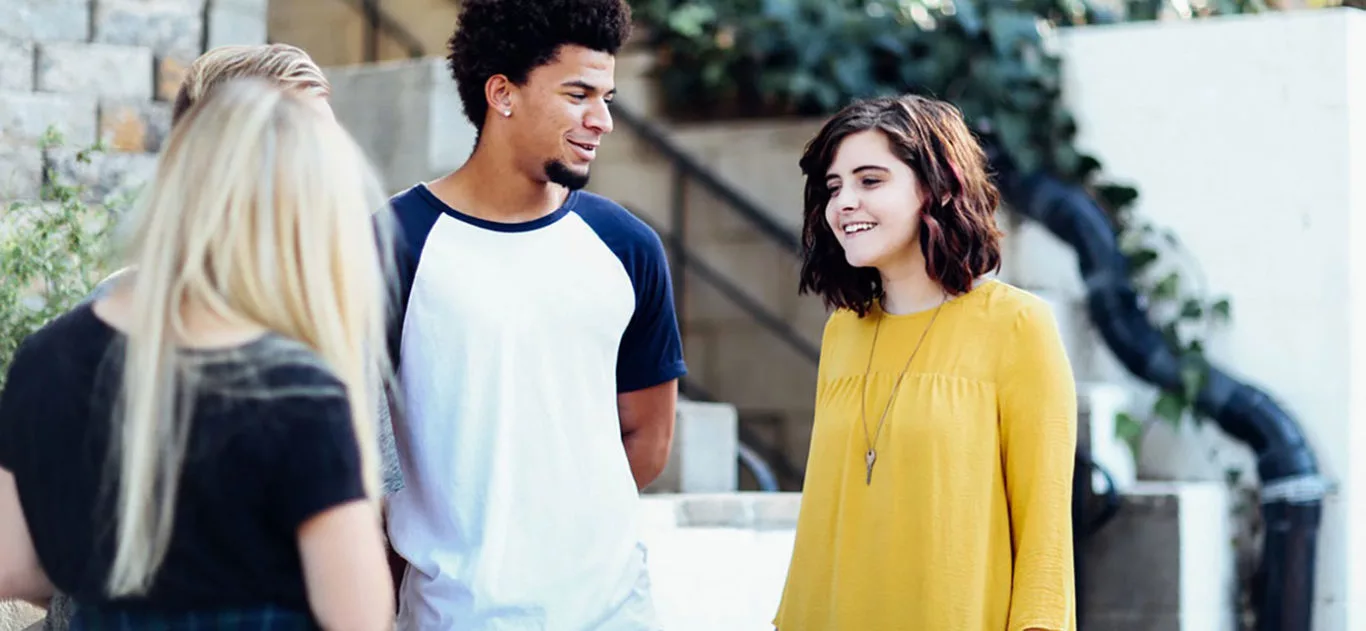The friendships that children and teens make shape who they become in adulthood. When it comes to alcohol and drug abuse, peer relationships are the primary factors that determine whether or not a teenager will use substances or not.
The Effect of Peer Relationships on Teen Stimulant Abuse
Teens in recovery often say their first interaction with illicit substances was with friends. Teens will commonly use substances in social situations. Those who are curious may be more likely to experiment if their friend takes part as well. This can sometimes lead to stimulant abuse among teens.
A Permissive View
Peers who abuse drugs and alcohol present the activity as “cool” or desirable simply by doing it. When friends promote the abuse of illicit substances, your teen may be more likely to move from experimentation to addiction much more quickly.
Peer Pressure and the Pressure to Fit In
It is important for teens to feel included and a part of the “in” crowd. As a result, even if your teen is doubtful about drugs and alcohol, he or she may take part simply to feel included. They also may be more likely to continue the behavior rather than being put in a position of having to find a new set of friends.
Though it’s unlikely that a teenager will reluctantly develop substance dependence, they may find themselves in danger if they routinely spend time doing it.
Teen Risk Vs. Teen Reward
The National Institute on Drug Abuse (NIDA) has examined how peer pressure affects teen drug use. Indeed, the studies show that peer pressure plays a major role. When deciding to do drugs, teens do consider the risks and rewards of such actions. However, the way they balance the two sides is very different from adults.
Unlike adults, teens are more likely to ignore the risk. In fact, teens will become hyper focused on the reward. Hence, the idea of getting the reward will drown out any mental warnings about the risk.
In a NIDA-funded study, teens took more risks when driving with friends in the car. For example, they were much more likely to speed through yellow lights. This decision to take a risk was affected by the presence of friends. If they thought two or more friends were watching, the dangers of speeding were ignored. Instead, they favored the risk.
The brain activity of the teen drivers in the study mirrored the brain activity of teens deciding to use drugs like stimulants. The warnings within cannot find firm ground to stand on. Once the award bells start ringing, all other thoughts are drowned out.
The desire to impress friends overrides a teen’s normal fear of taking risks. When it comes to drugs and alcohol, such a desire can prove to be quite dangerous, even fatal. Indeed, teens need to be extra careful and extra aware in peer settings.
Peer Pressure & Substance Abuse Help
Whether a teen is experimenting with drugs and alcohol, or has developed an addiction or dependence, Newport Academy can help. In some cases, just putting some distance between kids and their bad influences can help. Sometimes kids need healthy alternatives to drugs, including healthy eating habits and physical activity. Whatever it is that your teen needs, Newport Academy can help. Contact us today to learn more about your options in teen rehabilitative care.
Image courtesy of Alexis Brown via Unsplash.






